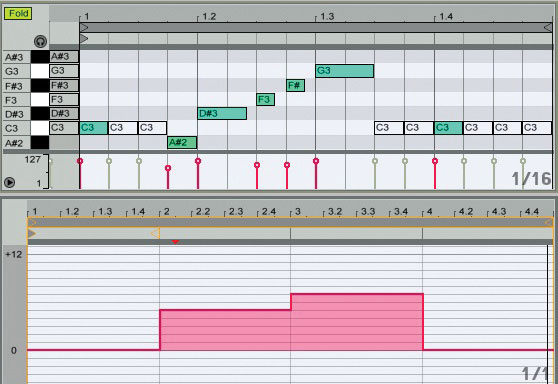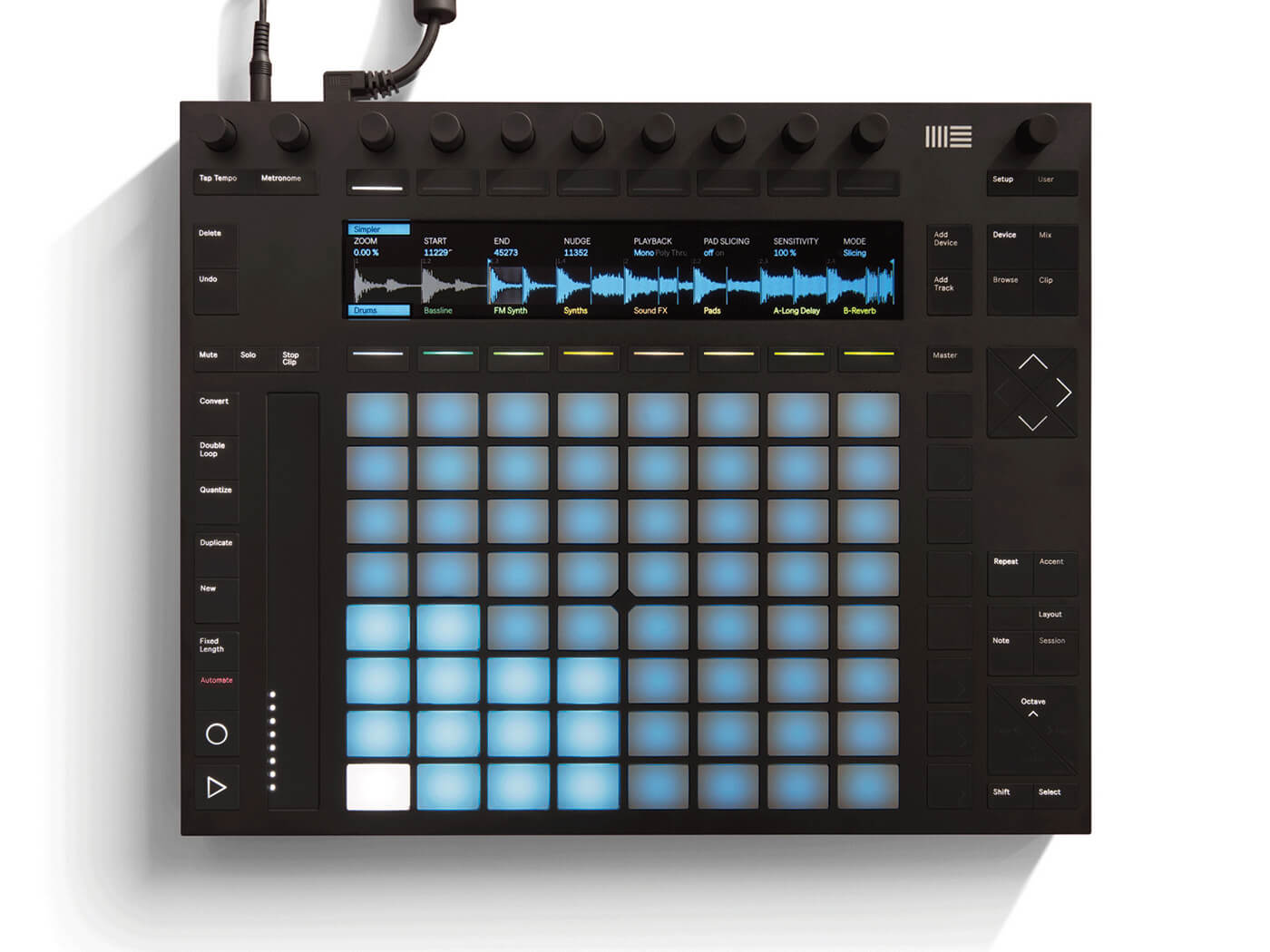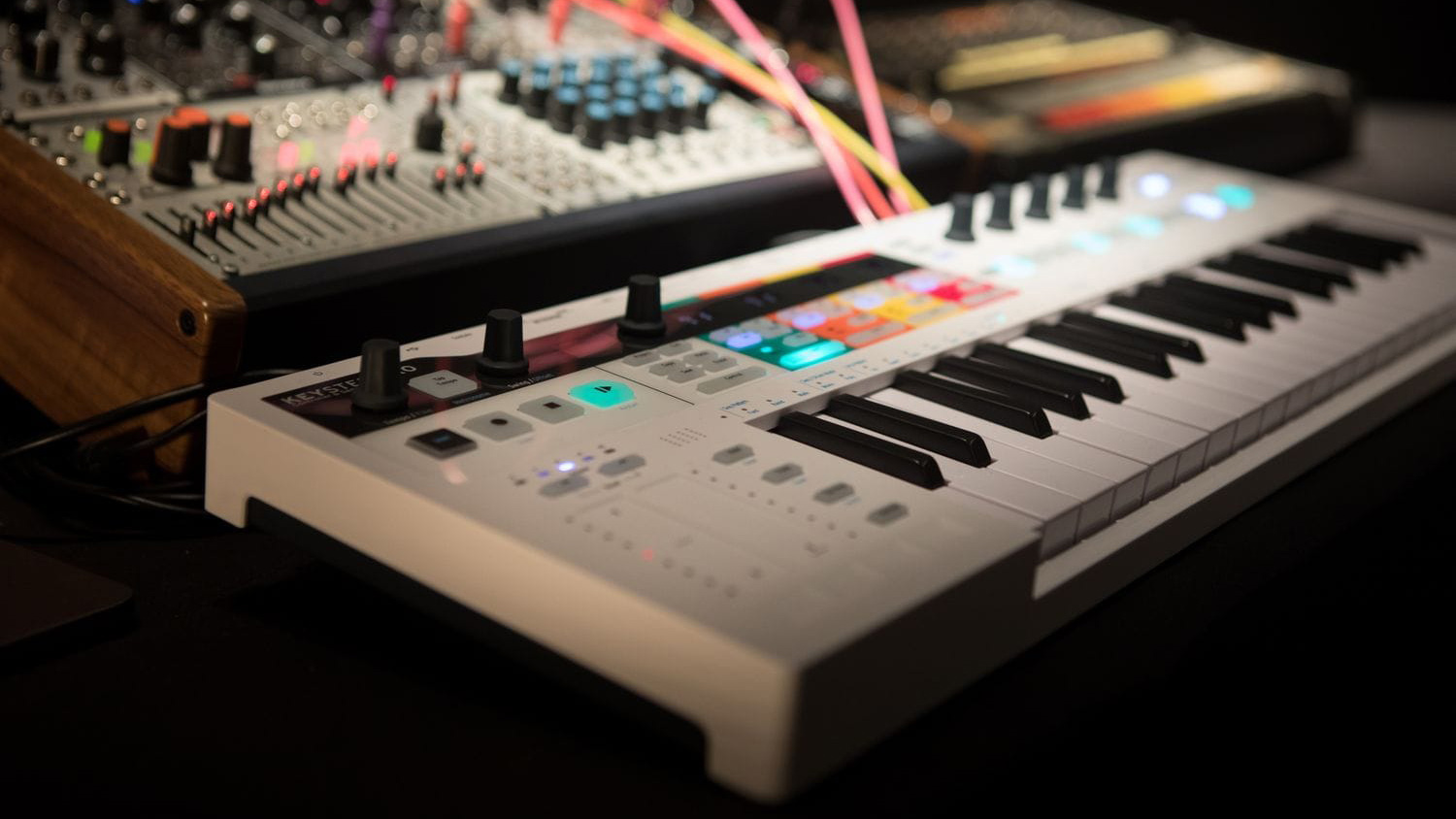

The pads can change the lighting color when they receive different velocity values in the MIDI messages.

Limitations of Pad ControllersĪn important thing to remember: with a common 4×4 pad matrix controller it’s not possible to create a single step sequencer mapping that can control more than one specific deck. It’s essential to control the lightning of your MIDI controller, because it will serve to recreate the “moving light” effect on the pads or buttons. The value of this modifier changes automatically to show the position of the step sequencer in the pattern. I suspect this control was specifically created for the F1 display.Ībout the new Sequencer Current Step modifier: This new modifier appears in the drop-down menu of the two optional modifier conditions. This control has 16 different lighting states, so the only effective way of using it is with a display that can show numbers. It’s intended to give visual feedback of the step that is currently playing. Current Step (control): This control only appears in the “Add Out” drop-down menu.These controls also handle the lighting of the buttons or pads assigned to them. Enable Step (1-16): These are the 16 controls (all are equal) that activate / deactivate the sample trigger in each step of the pattern.This way, when you activate the sequencer for the first time, you also set the pattern length of every slot to 16 steps. I use this control by assigning it to the same physical button for the Sequencer On control, and setting the interaction mode to a direct value of 16. Usually the “standard” pattern length for a step sequencer is 16 steps. Pattern Length : By default the pattern length is 8 steps for each slot, but with this control it can be set to a minimum of 1 and a max of 16. You can also set different pattern lengths for each slot.Increasing the value of the Selected Sample one unit means you’ll go down one cell in the slot. Decreasing one unit means you go up one cell. Every button push / encoder step will move the triggered cell forward or backwards. The best way of using this control is ( again) by assigning it to a pair of buttons or a rotary encoder. If you select an empty cell, nothing will sound until you switch to a cell loaded with a sample. Selected Sample: Despite the name, this control really selects the cell to which the control is assigned.
#Step sequencer ableton midi controller setup full
This means it takes 13 button pushes or encoder steps to go from zero to full swing level. The swing level is managed by Traktor using values from 0 to 80, those values are shown in the Kontrol F1 display (0.0 to 0.80 in the Controller Manager).If you assign this control to an encoder or a pair of buttons, every button push, or step of the encoder, will increase or decrease the swing amount in approximately 6.2 units.

You can assign this control to two buttons (one for increasing and the other one for decreasing) or to a fader, knob, or rotary encoder.



 0 kommentar(er)
0 kommentar(er)
